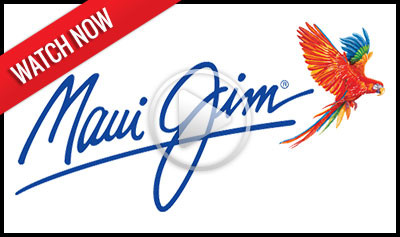There are many options for surgical vision correction. At Columbia Crest Eye Care, we comanage all types or surgical correction. With all the choices, this is a brief overview of the many procedures currently available. If you are intersted in pursuing surgical vision correction to be free of contacts and/or glasses, we invite you to schedule and appointment and discuss the many options available to you.
LASIK
What does LASIK mean? It is an acronym for laser in situ keratomileusis,
which means to reshape the cornea without disturbing the adjoining tissue. Translation of these Greek words: in situ means “in the natural or normal place,” kerato means “cornea,” and mileusis means “to shape.”
Surgeons use a tiny high-precision instrument called a microkeratome to separate the layers of corneal tissue and create a thin flap on the surface of the eye. This flap is folded back and the excimer laser is guided to gently reshape the underlying tissue. The corneal flap is replaced leaving the eye almost untouched. The cornea’s new shape is what improves vision.
Recommended Links
Implantable Contact Lens (ICL)
 An implantable contact lens (ICL) is placed in the eye where it works in combination with the natural lens to correct nearsightedness. The procedure usually takes less than 15 minutes and patients enjoy less dependence on glasses or contact lenses.
An implantable contact lens (ICL) is placed in the eye where it works in combination with the natural lens to correct nearsightedness. The procedure usually takes less than 15 minutes and patients enjoy less dependence on glasses or contact lenses.
ICLs have been widely used around the world since 1990. Several options are available but our surgeons generally prefer the Visian ICL. In the United States over 99% of patients participating in FDA clinical trials with this lens reported satisfaction three years after the procedure.
ICLs provide excellent quality of vision. They may be an option for people who cannot have laser vision correction because of thin corneas or dry eyes
Photorefractive Keratectomy (PRK)
PRK and Lasik are similar procedures that both use the excimer laser to correct a person's vision. The big difference is that Lasik uses a flap, while PRK does not. While PRK was actually invented first, LASIK gained more popularity
because patients experience less discomfort and obtain good vision more quickly. Although vision improvement with PRK is gradual over a few weeks or months, this procedure is many surgeons’ preferred treatment for patients not suited for LASIK—specifically those with thin corneas. Both nearsighted and farsighted people can benefit from PRK. With nearsightedness, the goal of treatment is to flatten the cornea. With farsightedness, the desire is to create a steeper cornea. PRK can also correct astigmatism by smoothing an irregular shaped cornea into a more normal sphere. When the cornea is reshaped in the right way, it works better to focus light into the eye and provide clear vision.
Again, if you are interested in refractive surgery, please let us know. Refractive surgery is not to be taken lightly. Detailed testing is necessary to determine whether or not you are a good candidate for the surgery. If testing shows you to be a good candidate, we can help you choose the refractive surgeon who is most appropriate for your case.




